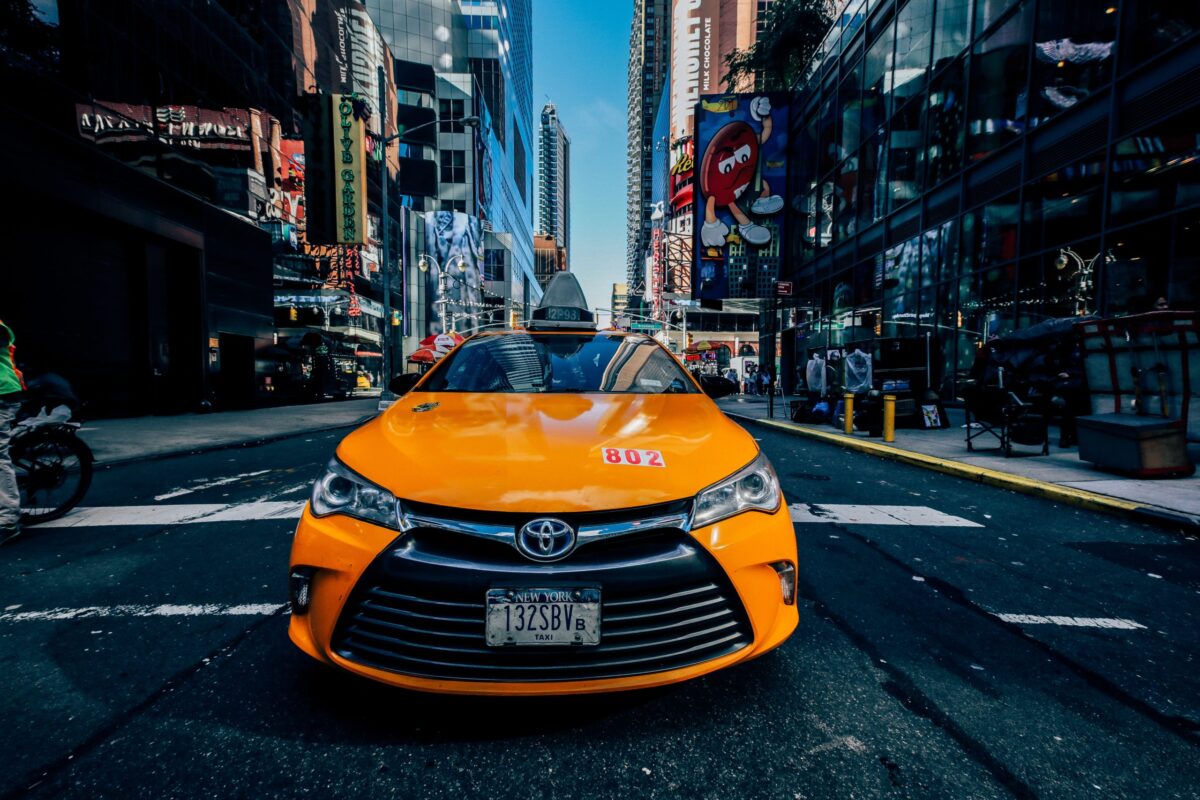

Every company has ups and downs, but what if yours has had a few quarters of disappointing revenue? You might be thinking it’s time for a big marketing investment, but where would you focus your energy?
- On rewarding regular customers with promotions to keep them coming back.
- On improving the customer’s experience at the time of purchase.
- On providing comparison shoppers with rational reasons to choose your product over another one.
- On customers who are only starting to consider making a purchase.
Most people would choose (A), and in fact that’s been the trend with brands over the past few years. But according to a recent article by global management consulting firm McKinsey&Company, (D) may actually be a better answer.
Customers aren’t as loyal as you think they are.
Traditional sales advice says that it’s easier to keep a past customer than to get a new one, and so there’s been a proliferation of customer loyalty programs over the past few years. However, McKinsey reports that fewer people are actively engaged in these programs today than in the past. And 58 percent of loyalty members don’t even use the programs they signed up for.
McKinsey researched a database of 125,000 consumers across over 350 brands and found that only three out of 30 categories of purchases were driven by loyalty: mobile carriers, auto insurance and investments. In every other category, from breakfast cereals to personal care items to laptops, at least two thirds of people shopped around. For cosmetics and shoes, almost everyone did.
The researchers then looked at whether these shoppers ultimately stuck with their tried and true brand or switched. In the 27 categories where people were likely to shop around, 13 percent of people never considered another brand and another 29 percent shopped around but stuck with the brand they’d bought before. The real news is that a whopping 58 percent ultimately decided to buy from someone else. And shoppers were twice as likely to buy a brand that they’d considered at the beginning of their buying journey, as opposed to a brand they became aware of later on.
One of our team members at Beyond Philosophy offered this example that I think explains these changing trends in customer behavior. She says that for the past 30 years, her mother has bought all of her cosmetics at the local department store’s Clinique counter. She is the ultimate loyal customer who never even considers buying another brand, and she might buy more if there’s a special promotion. My colleague’s 19-year-old daughter, on the other hand, hops from one makeup brand to another based on reviews, blogs and what her friends are buying. She already knows what she’s interested in when she steps into a store, though she’s likely to look around before making a decision.
Loyalty programs might work for the mother, but for the daughter, it’s more important to get on her radar before she goes shopping.
Getting in on the Initial Consideration Phase
As a customer experience consultant, I of course have some ideas about how companies can more effectively become part of buyers’ initial consideration phase.
- Understand what the customer is experiencing as he or she first begins interacting with your brand, whether that’s on a website, through social media, or in person. Before you begin to design a better experience, you must understand the rational, emotional and subconscious factors that make up your current experience, and how it can be improved. We use a process called Customer Mirrors to make these assessments and provide practical recommendations.
- Appeal to your customers’ emotions. When we talk about “shopping around,” it’s easy to think that customers are comparing features and prices, but that’s only a small part of the story. Our research has consistently shown that customers’ decision making is more influenced by emotional and subconscious factors than rational ones. That includes the way your brand or product is perceived by your customers and their friends.
- Make it easy for people to buy from you. In my recent book, The Intuitive Customer: 7 imperatives for moving your Customer Experience to the Next Level, Professor Ryan Hamilton and I talk about the role of behavioral economics in the buyer’s journey. When people are tired, stressed or simply overloaded with choices, they revert to an intuitive form of decision making. They go with their gut and choose something that’s easy. You can take advantage of this by setting your product or company up as the easy choice.
This of course doesn’t mean that you need to abandon loyalty efforts altogether. But the more you begin recognizing that the customer’s journey begins earlier than you might have thought, the better you’ll be positioned for the challenges of the future.
How likely are you to switch brands, and why? Let’s talk about it in the comments box below.
If you enjoyed reading this blog, you might also like these:
The Happiest Way to Spend Your Money in 2017
Not Meeting Your Targets? Here’s Why
Ignore this at your Peril: How Customers Decide
Colin Shaw is the founder and CEO of Beyond Philosophy, one of the world’s leading Customer experience consultancy & training organizations. Colin is an international author of six bestselling books and an engaging keynote speaker.
Follow Colin Shaw on Twitter @ColinShaw_CX





